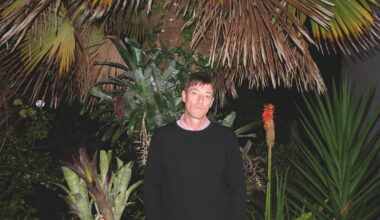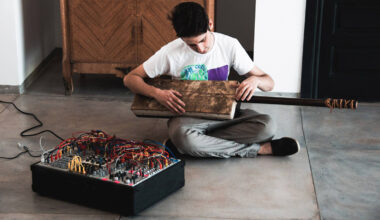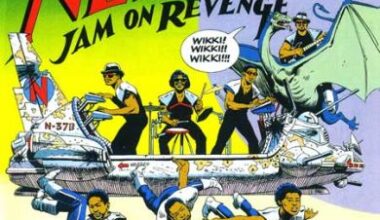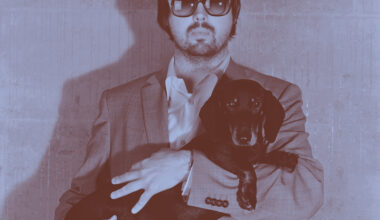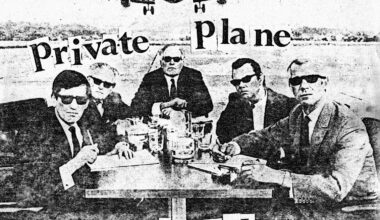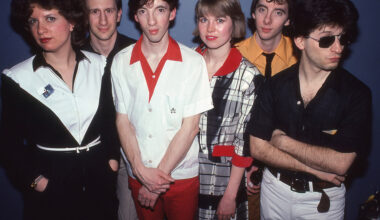In 1977, the BBC Radiophonic Workshop’s Peter Howell recorded ‘Through A Glass Darkly’, a stunning album of synth-heavy prog rock. The jewel in the crown? ‘A Lyrical Adventure’, the 19-minute epic sprawling across the entirety of Side One
Want to read more?
Sign up to Electronic Sound Premium to gain access to every post, video, special offers, and more. 100%, all you can eat, no commitment, cancel any time.
Already a premium member? Log in here
